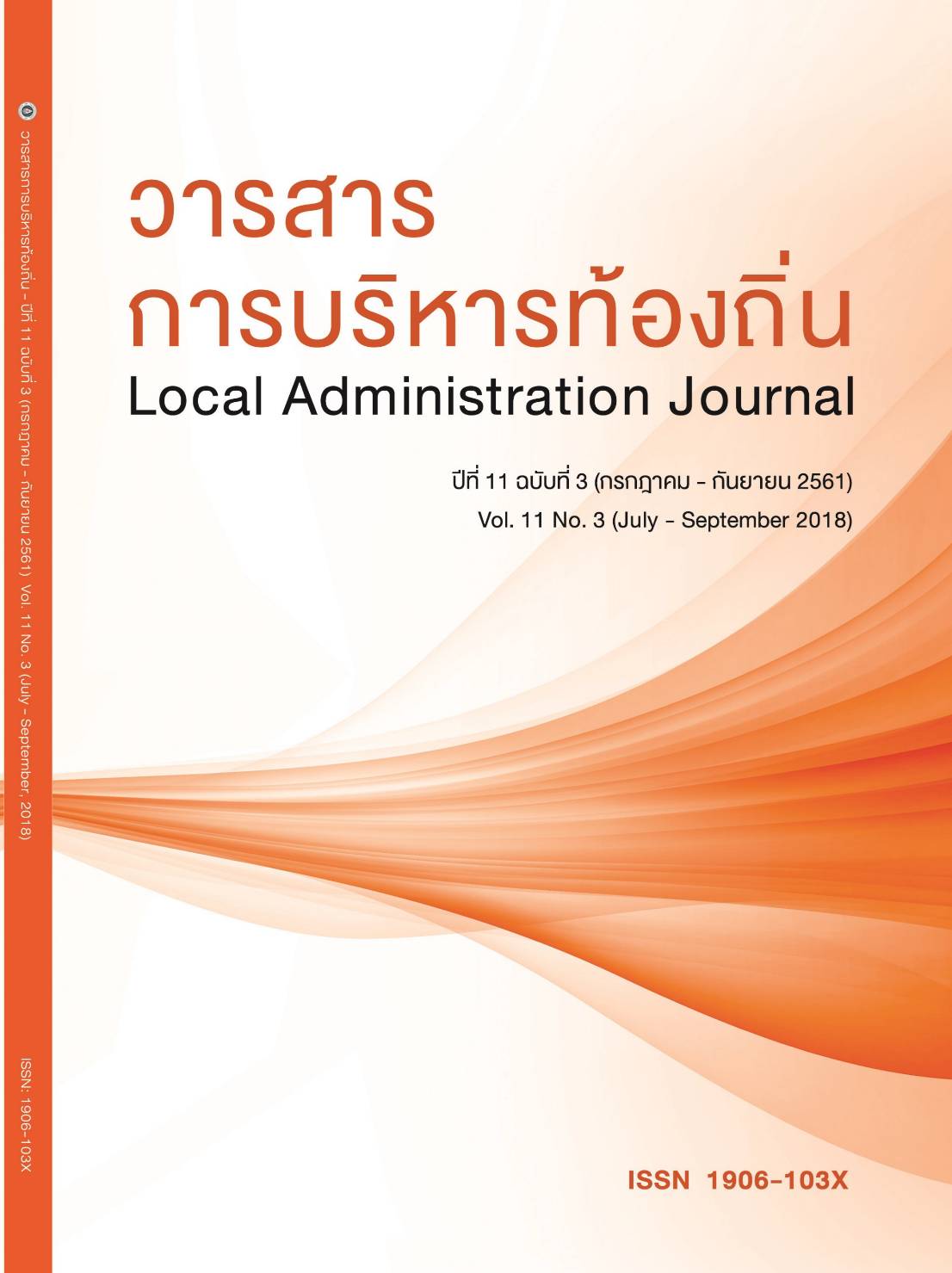How Should Transparency Be Arranged?: A Japanese Case
คำสำคัญ:
corruption, transparency, public sector, Japanบทคัดย่อ
Japan has been ranked as the twentieth most transparent government in the world and the third cleanest country in Asia. However, there is no specific anti-corruption agency and transparency assessment to curb corruption in the Japanese governance. How does Japan deal with corruption and its transparency? This paper delves into an explanation to this question. The main purposes are to (1) examine corrupt practices in the public sector of Japan, and (2) scrutinize the Japanese ways to deal with corruption and transparency enhancement in the Japanese public sector. The author uses documentary research as the main methodology for this study. Results show that Japan has a relatively low proportion of corruption in both national and local governments. The Japanese ways to cope with corruption and transparency in public sector could be classified into two means. First, an internal preventative mechanism consists of five elements which are; ringi-sei system, official payment, proper remuneration, oobeya-shugi system, and frequency of official rotation. Second, an external corruption control apparatus consists of three components which are: participatory countermeasure of local residents by Citizens’ Ombudsman Network, survey on the causes of corruption in local government, and capacity and independence of investigation authorities
Additional Files
เผยแพร่แล้ว
How to Cite
ฉบับ
บท
License
บทความทุกเรื่องที่ได้รับการตีพิมพ์ทั้งรูปเล่มและบทความออนไลน์ เป็นลิขสิทธิ์ของวิทยาลัยการปกครองท้องถิ่น มหาวิทยาลัยขอนแก่น


